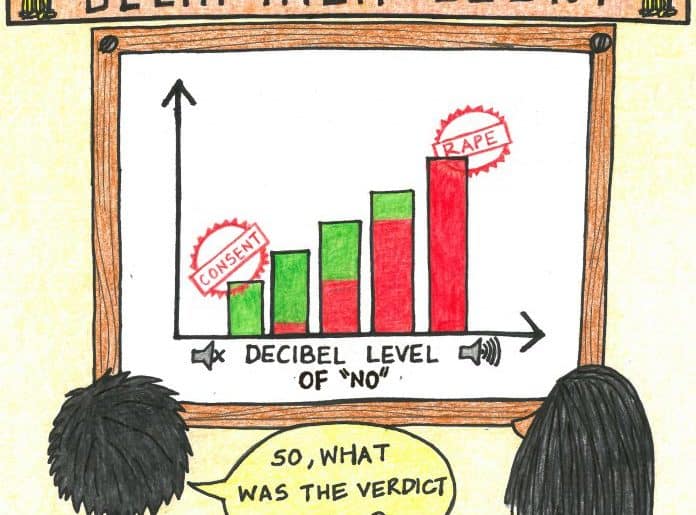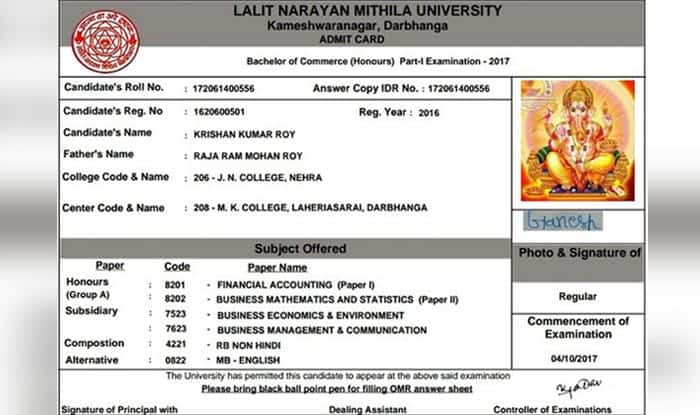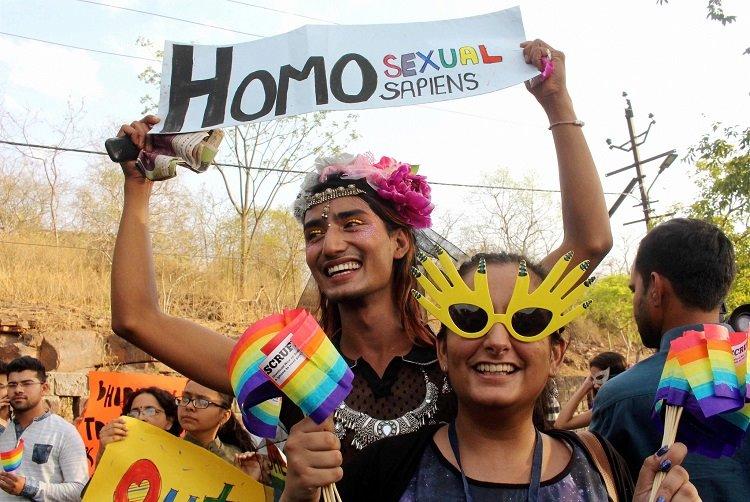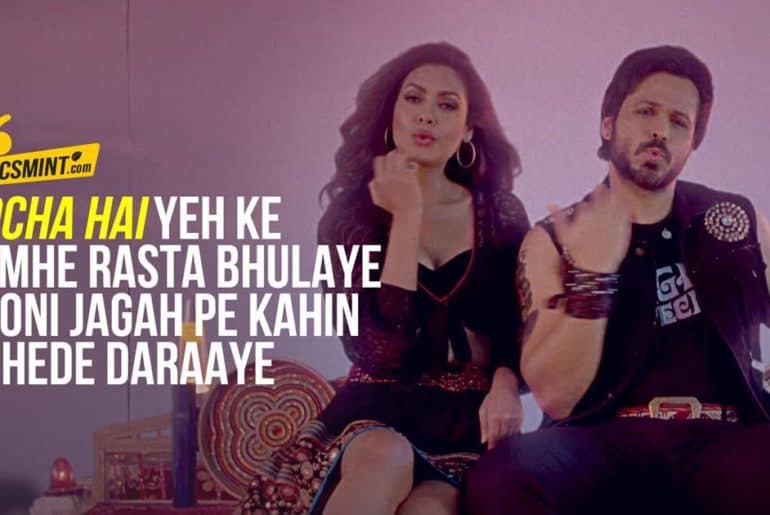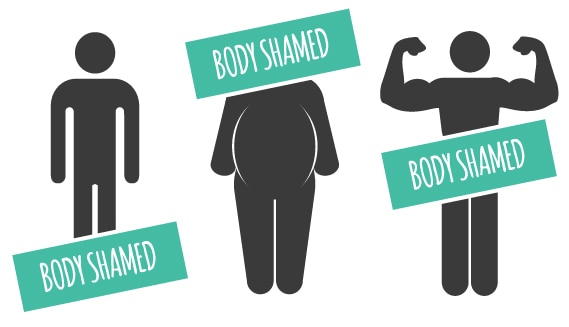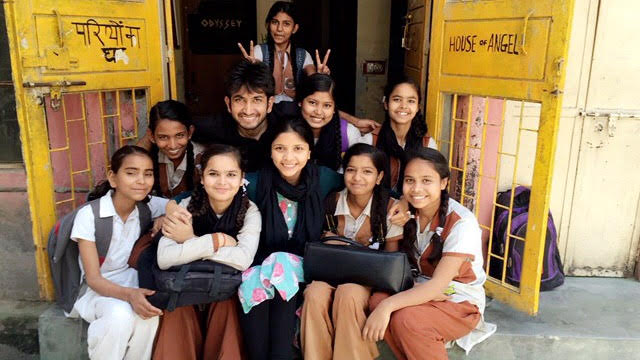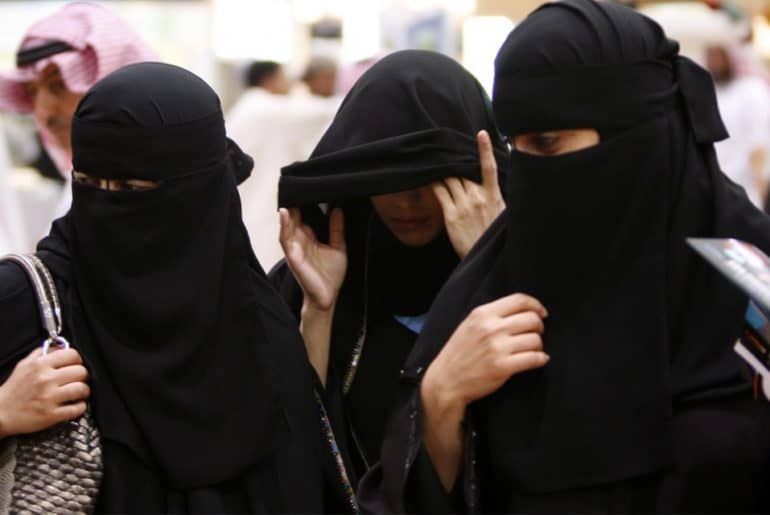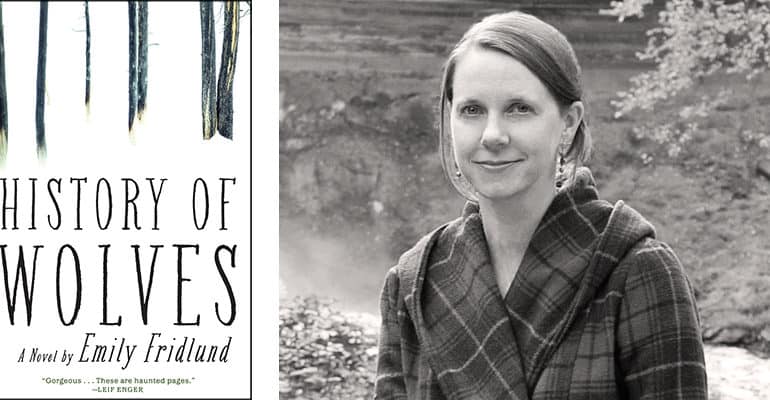Recently the Delhi High Court acquitted Peepli Live co-director Mahmood Farooqui, in what seems to be a travesty of a judgement by the judiciary. Feminists and conscientious citizens alike have been outraged.
What has been the case so far: The judgment by Justice Ashutosh Kumar holds that in the modern world where equality is the “buzzword” and where both men and women are “initiators” of sexual acts, consent should not be mere hesitation or reluctance, but a clear and unambiguous “no”. In short, there is no room for a feeble “no”.
“The judgment creates a new defense for the rapist which does not exist in law. There is a double presumption – absence of intention to rape (by the accused) and non-communication by the woman despite a clear ‘no’ from her. The judgment has turned the definition of consent on its head. What was meant to protect the woman has been made into a defense for the rapist. The judgment is dangerous and will allow no conviction for rape at all,” is how Former Additional Solicitor General and noted human rights lawyer Indira Jaising reacted to the judgement. With its head-turning judgement, the judiciary has again established the rigidity of the conservative legal framework. What we are then left with, are the age-old stereotypes of an ideal rape victim, real rape, real resistance, and true consent. What the courts have refused to take into account in their judicial interpretation is that there is no feeble no. A no, in any form of hesitation and resistance is a no.
On the evening of the assault, the facts are these: We know that she went to his house believing they would all be going for a wedding. She found herself alone with a drunk Farooqui and his male friend. We know she was concerned both about Farooqui’s state of inebriation and his mental health because she called his friend so that he was not left on his own. She wanted to leave soon after arriving. However, Ashish Singh, a friend of Farooqui, asked her to stay back since his wife had not returned, as if being a female friend somehow obligated her to provide “care” for him by “feeding him” in his wife’s absence (pp 4 of the verdict). Despite the fact that she had called a Meru cab (3 times) to leave his home and when the driver couldn’t find the location, she was willing to leave in a rickshaw, she was prevented from doing so by Ashish Singh, using the ruse that it would be unsafe for her to do so. But the judgement still does not take into consideration these interesting aspects into believing that she clearly didn’t consent or was interested in having sexual intercourse with Farooqui. Because c’mon, you wouldn’t want to leave a house so desperately if you wanted to have sex with its resident.
What the judiciary has carefully dissected is the relationship between the accused and the survivor, which it rightly should. it appears that Farooqui and the survivor had multiple interactions usually in the presence of other people. During many of these instances, Farooqui is described as being drunk and there are two mentions of consensual kissing. It isn’t unfair to discern that they may have been casual flirtation between the two. But that is on no account justifiable, nor does it excuse non-consensual sex at any later date.
There is a brilliant animation that uses a cup of tea to explain the concept of consent, and yes, it is as simple as that.
https://www.youtube.com/watch?v=oQbei5JGiT8
Consent is a constantly negotiated process. Women can consent to certain sexual acts and not others. They can start to have sex but withdraw consent at any time during the act if they are uncomfortable. The judiciary’s stand also reflects the twisted ways in which the larger society creates the definition of consent. There simply aren’t any grey areas between a consensual sexual act and rape. An individual’s hesitation and resistance echoes as loud as a vehement utterance of ‘no’. Just because a woman wasn’t supposedly resolute enough during the act, or preceding the act for reasons which could very well involve fear, does not equate to being ‘playful’ or being a ‘tease’.
In this case, the focus has been conveniently shifted from what the woman said, to what the man understood, illustrating how problematically, the terms of consent can be twisted.
Feature Image Credits: Feminism in India
Ankita Dhar Karmakar

